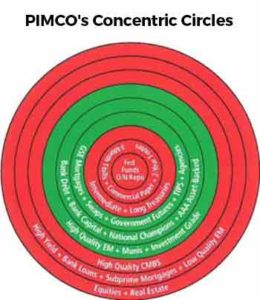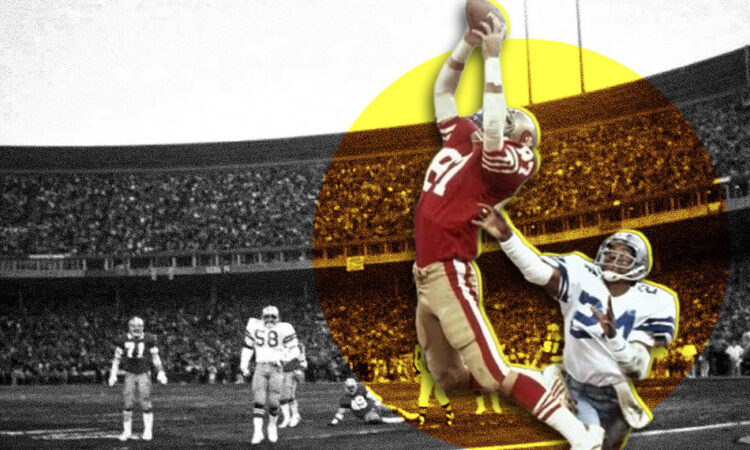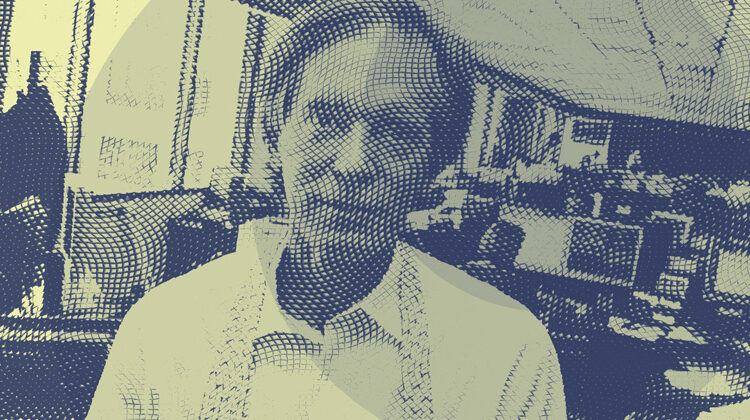
Most ‘Medieval’
February 5, 2014
Bob
April 30, 2014The Second Coming
Turning and turning in the widening gyre
The falcon cannot hear the falconer;
Things fall apart; the centre cannot hold;
– William Butler Yeats, 1919

Almost permanently affixed on the whiteboard of PIMCO’s Investment Committee boardroom is a series of concentric circles, resembling the rings of a giant redwood, although in this case exhibiting an expanding continuum of asset classes with the safest in the center and the riskiest on the outer circles. Safest in the core are Treasury bills and overnight repo, which then turn outwards towards riskier notes and bonds, and then again into credit space with corporate, high yield, commodities and equities amongst others on the extremities. The intent of the image is to constantly remind us as investors that higher returns are correlated with greater risk, and that portfolios that seek to maximize beta usually do so with increasing volatility and potential loss of principal. Conversely, investors who are risk-averse and move towards the safety of the center, sacrifice expected and in most cases historical returns in the process.
Yet there is more to our concentric circles of asset classes than meets the eye. If its only message were that risk and return were correlated, then we could simply write that on the whiteboard and be done with it. Instead, our visual schematic expresses a more complicated process of cause and effect that allows an investor to anticipate price changes instead of simply describing ex post returns and volatility. It provides the foundation for .illQ.lli_ generation, as opposed to simple beta summation, and therefore the potential to beat the market and outperform competitors.




